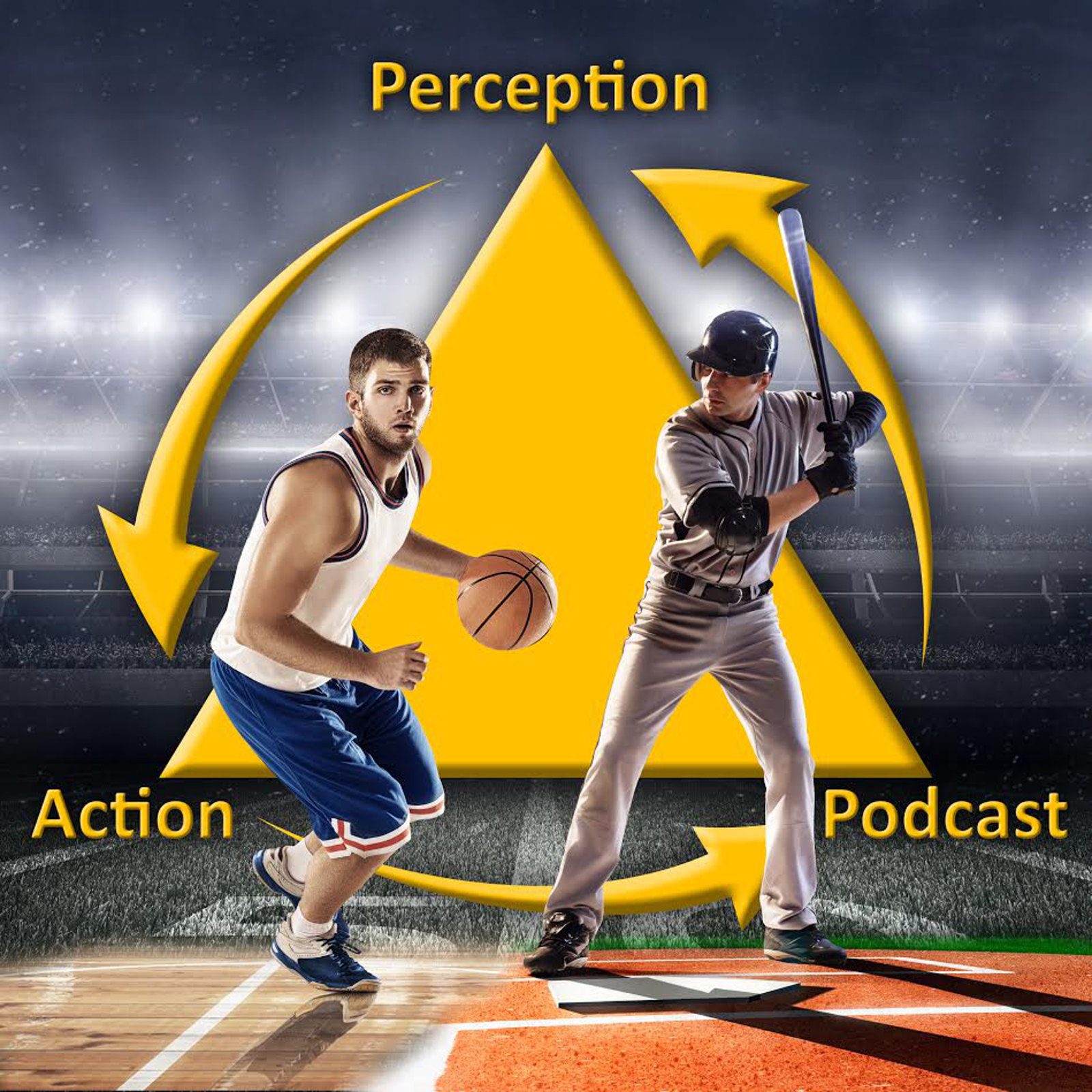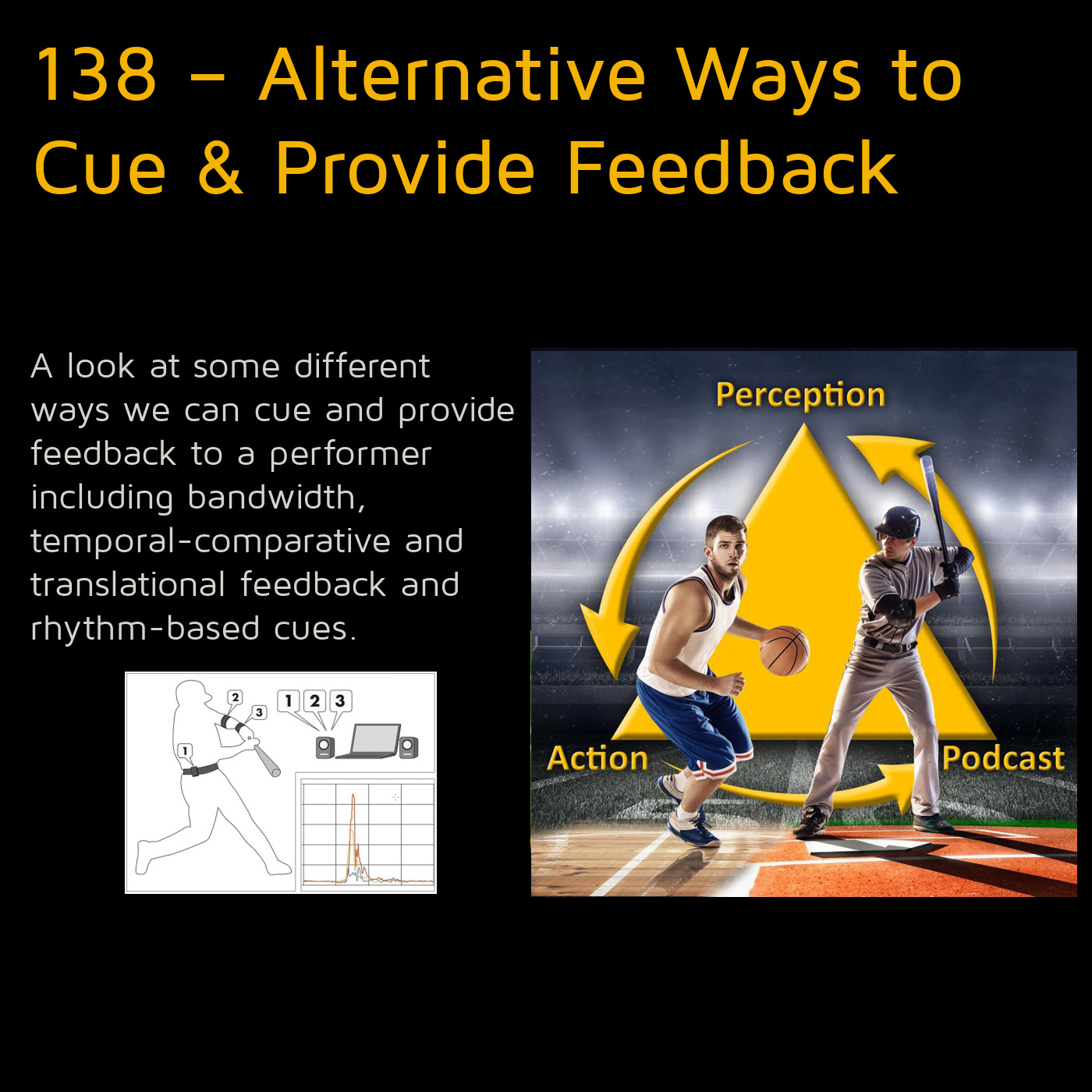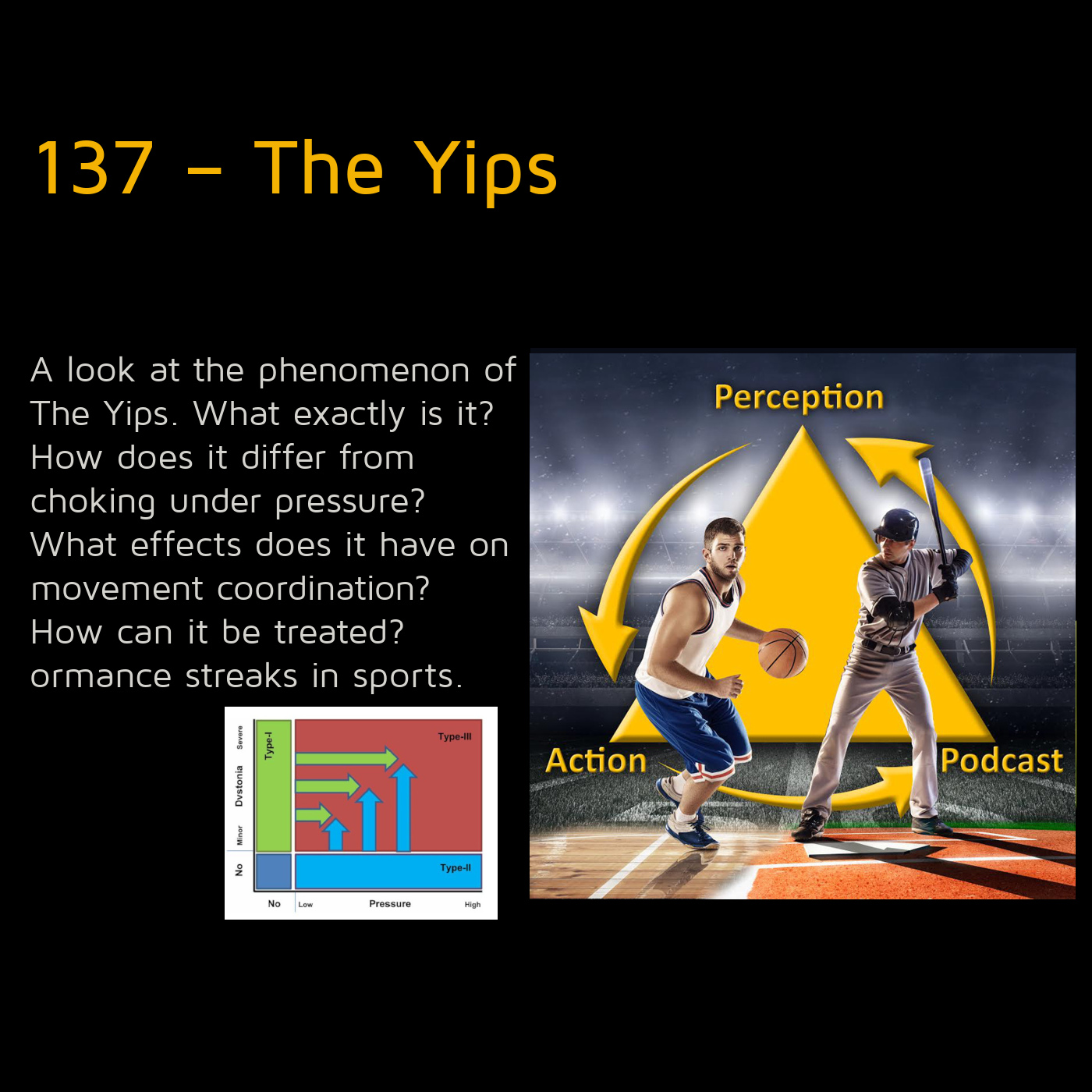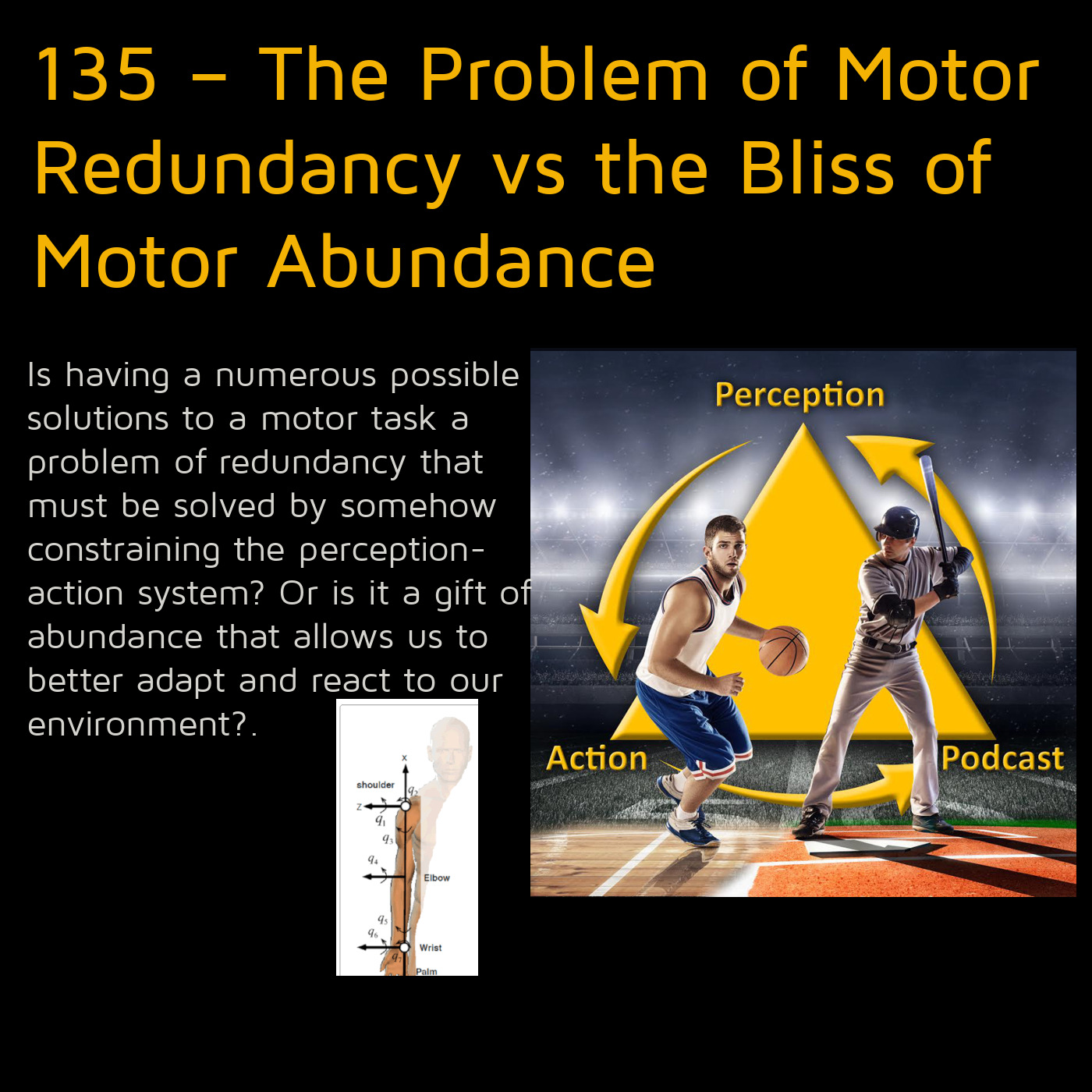144 – An Ecological Dynamics Assessment of Perceptual-Cognitive & VR Training in Sport
144What are the limitations of current perceptual-cognitive and brain training technologies that use an isolated, process driven approach to improve perception and decision making in athletes? How can these be improved by following the principles of Ecological Dynamics? How can VR training be better used to allow an athlete to explore the affordance landscape and…
Read More



